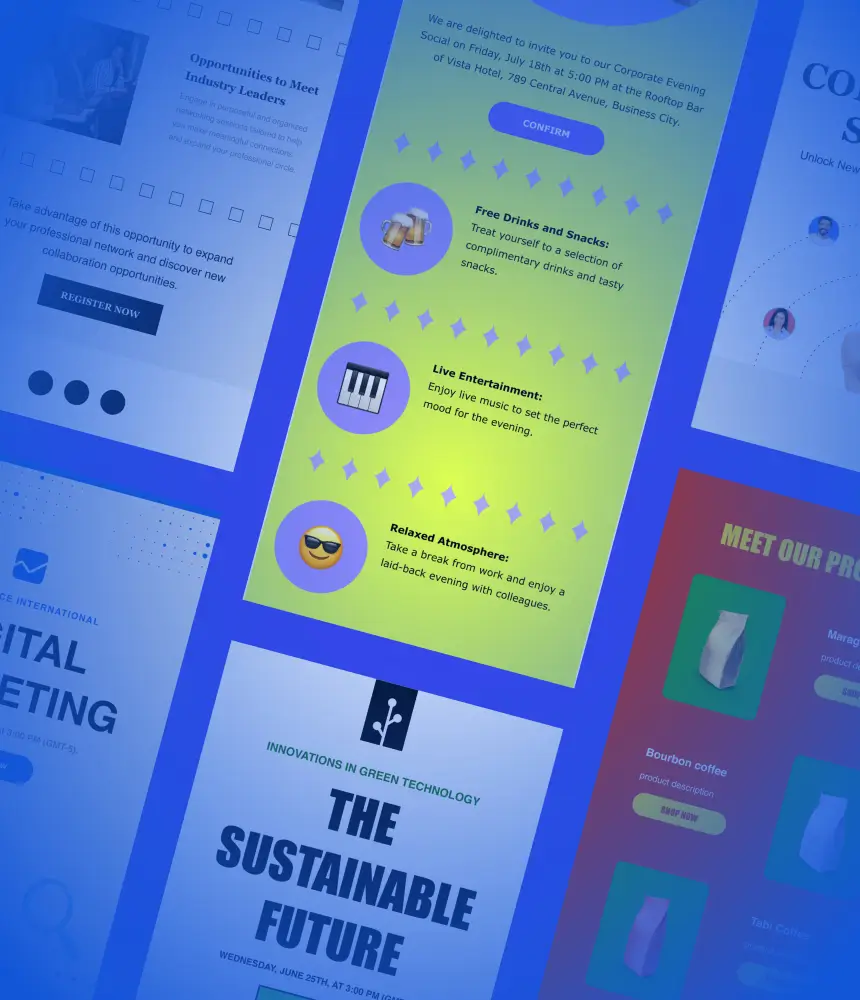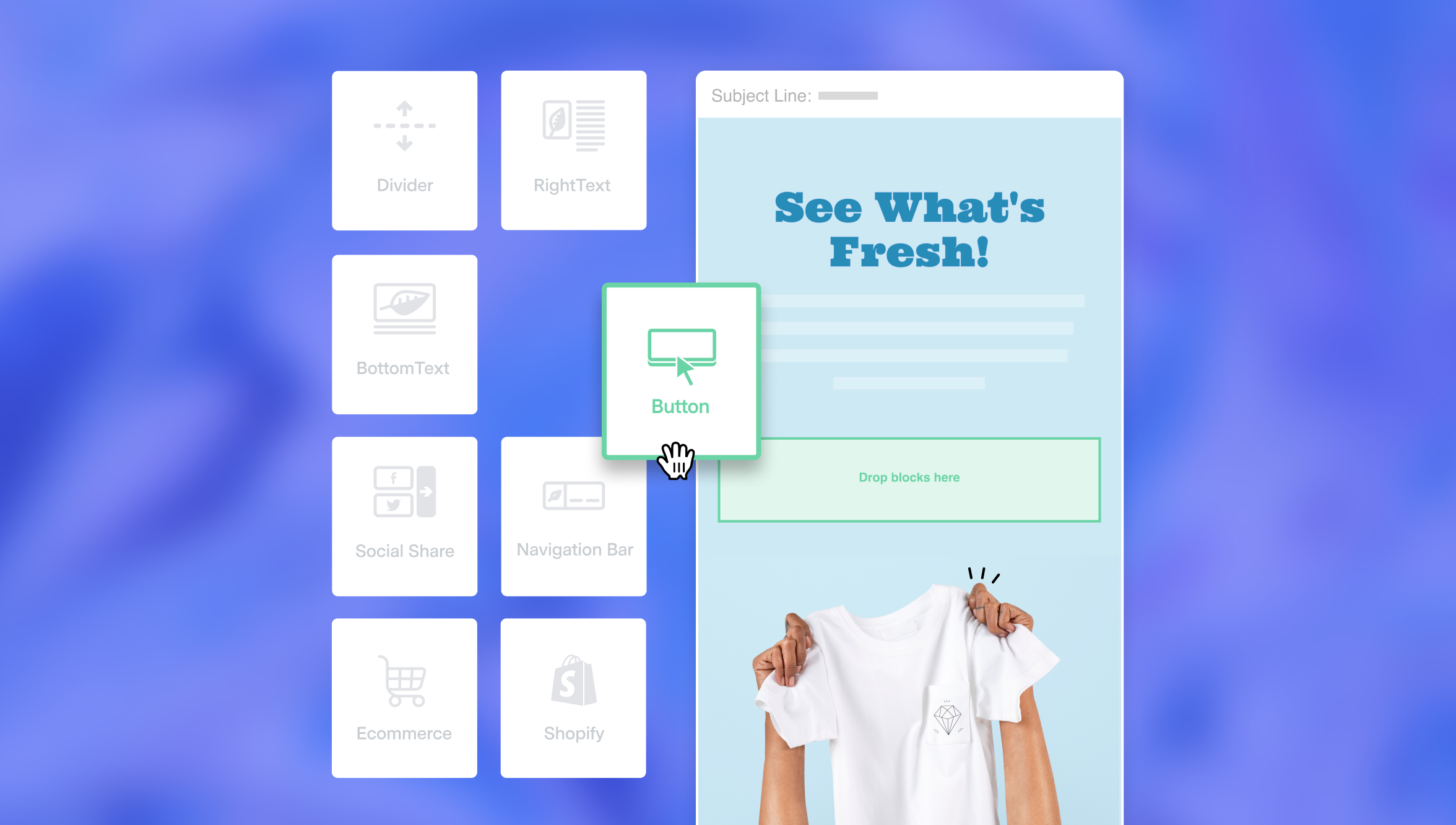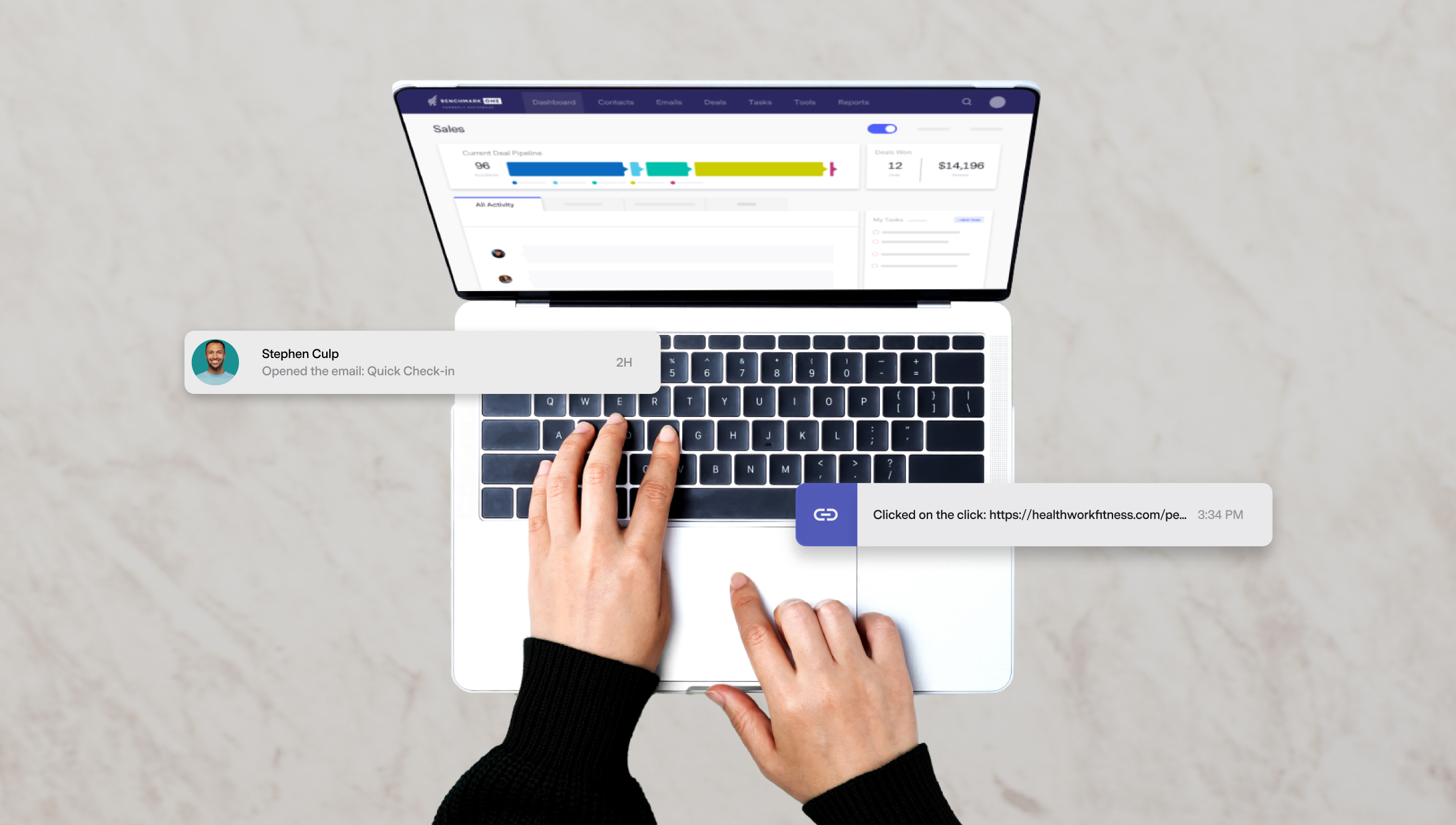Work Less, Achieve More: Why Marketers Need to Embrace Asynchronous Workflows
February 20, 2025 5 min read

The current work climate will be characterized by rapidly evolving workplace dynamics. The traditional 9-to-5 work model is increasingly becoming outdated. As organizations strive for flexibility and efficiency, asynchronous workflows have emerged as a powerful solution, particularly for marketers.
We’ll explore the concept of asynchronous work, its advantages for marketing teams, and practical implementation strategies. We’ll also highlight why adopting this approach can increase productivity and job satisfaction.
Understanding Asynchronous Workflows
Asynchronous work refers to a mode of operation where team members do not need to be online or available simultaneously to collaborate or complete tasks. Unlike synchronous workflows, which rely on real-time communication—think meetings, video calls, or instant messaging—asynchronous work allows individuals to contribute at their convenience, accommodating diverse schedules and work styles.
The rise of remote work has made asynchronous workflows increasingly viable, enabling marketers to leverage global talent, balance workloads effectively, and enhance productivity. According to a study by Buffer, 98% of remote workers prefer to work remotely at least some of the time, demonstrating a strong desire for flexibility in the workplace.
The Benefits of Asynchronous Workflows for Marketers
1. Increased Flexibility and Autonomy
One of the most significant advantages of asynchronous workflows is their flexibility. Marketers often juggle multiple projects, deadlines, and creative tasks that require focused, uninterrupted time. With asynchronous work, individuals can tailor their schedules to fit their peak productivity hours. This autonomy leads to higher job satisfaction, reduced stress, and improved outcomes.
For example, a content marketer may find they write best in the early morning, while a social media manager thrives in the afternoon. Organizations can harness each person’s strengths by allowing team members to work independently, resulting in higher-quality output.
2. Enhanced Collaboration Across Time Zones
In today’s global marketplace, marketing teams often have members in different time zones. Asynchronous workflows break down geographical barriers, enabling seamless collaboration regardless of location. Teams can utilize project management tools, shared documents, and collaborative platforms like Slack or Trello to communicate effectively without needing to be online simultaneously.
This approach also allows for the natural flow of ideas and feedback over extended periods, fostering creativity and innovation. For instance, an international marketing team can share campaign ideas, feedback, and strategies while working on local schedules, leading to richer discussions and diverse perspectives.
3. Improved Focus and Productivity
Synchronous workflows often result in constant interruptions and distractions, especially in open-office environments or during meetings. These disruptions can lead to diminished focus and reduced productivity, particularly for tasks requiring deep concentration. On the other hand, asynchronous work provides individuals with uninterrupted blocks of time to get their work done.
By limiting the number of real-time meetings and fostering a culture of asynchronous communication, marketing teams can reclaim precious hours lost to distractions. Even minor disruptions can reduce productivity, emphasizing the need for focused work environments.

4. Reduced Meeting Fatigue
Meetings have long been a staple of corporate culture, but they often contribute to what is known as “meeting fatigue.” In fact, 71% of professionals feel that meetings are unproductive and that they spend too much time in them. Asynchronous workflows can alleviate this issue by minimizing the need for frequent meetings.
Instead of gathering everyone for a meeting, teams can communicate updates, share documents, and provide feedback asynchronously. This saves time and allows team members to absorb information at their own pace, leading to better decision-making and more thoughtful contributions.
5. Fostering a Culture of Accountability
Asynchronous work encourages individuals to take ownership of their tasks and responsibilities. When team members know they can work independently and are trusted to manage their time, they are more likely to deliver high-quality results. This shift allows individuals to feel responsible for their contributions without micromanagement.
Moreover, project management tools facilitate transparency, allowing teams to easily track progress, deadlines, and deliverables. This clarity reinforces a sense of accountability while minimizing the need for constant check-ins or status updates.
Implementing Asynchronous Workflows in Marketing Teams
Transitioning to asynchronous workflows requires a thoughtful approach to ensure that teams remain connected and effective. Here are practical strategies for implementing asynchronous work in marketing teams:
1. Utilize Project Management Tools
Add project management software to your toolkit to organize tasks and track progress. That way, you’ll be able to assign tasks, set deadlines, and provide updates without real-time communication. They also help visualize project timelines and dependencies, ensuring everyone is on the same page.
2. Encourage Written Communication
While video calls and instant messaging have their place, encourage written communication to facilitate asynchronous workflows. Written updates, emails, and collaborative documents allow team members to articulate their thoughts clearly and provide comprehensive feedback without the pressure of real-time responses.
3. Set Clear Expectations and Guidelines
Establish guidelines for asynchronous communication, such as response times and preferred tools for different types of interactions. Clear expectations help team members understand when and how to communicate effectively, ensuring that collaboration remains seamless even when not everyone is online.
4. Schedule Regular Check-ins
While asynchronous work reduces the need for frequent meetings, it’s still essential to maintain some level of connection. Schedule regular check-ins—perhaps weekly or bi-weekly—where team members can discuss progress, share updates, and address challenges. These meetings can be brief and focused, serving as a touchpoint for collaboration.

5. Promote a Culture of Autonomy
Foster a culture that values trust and autonomy. Encourage team members to take ownership of their tasks and respect each other’s time. Emphasize the importance of communication and collaboration without imposing rigid structures that stifle creativity and independence.
Overcoming Challenges of Asynchronous Workflows
While the benefits of asynchronous workflows are significant, challenges can arise during the transition. Here are common obstacles and strategies to overcome them:
- Communication Gaps: Asynchronous communication can sometimes lead to misunderstandings or missed messages. To mitigate this, encourage team members to summarize key points in written communications and use visual aids, such as charts or diagrams, to clarify complex ideas.
- Feeling Isolated: Some team members may feel isolated when working asynchronously. Combat this by promoting team bonding activities, virtual coffee breaks, or collaborative brainstorming sessions. Building relationships among team members fosters a sense of belonging and enhances collaboration.
- Maintaining Alignment: With flexible schedules, staying aligned on goals and objectives is crucial. During check-ins, regularly revisit team goals and project timelines to ensure everyone is on track and understands the bigger picture.
As the marketing landscape evolves, embracing asynchronous workflows can empower teams to work less while achieving more. Organizations can harness their teams’ full potential by implementing practical strategies and fostering a culture of trust and accountability.
In a world where time is a precious commodity, asynchronous work represents a transformative shift, allowing marketers to thrive in their roles and drive tremendous brand success.






